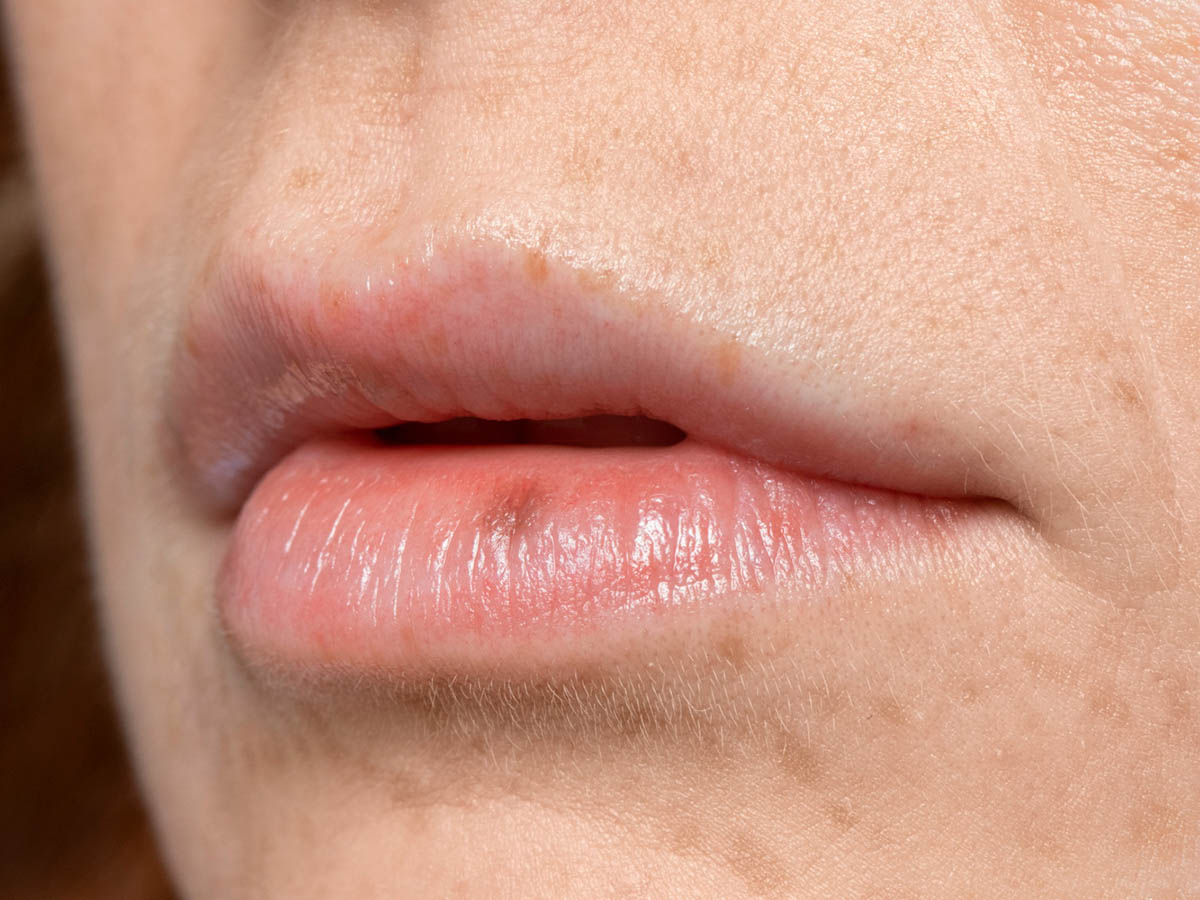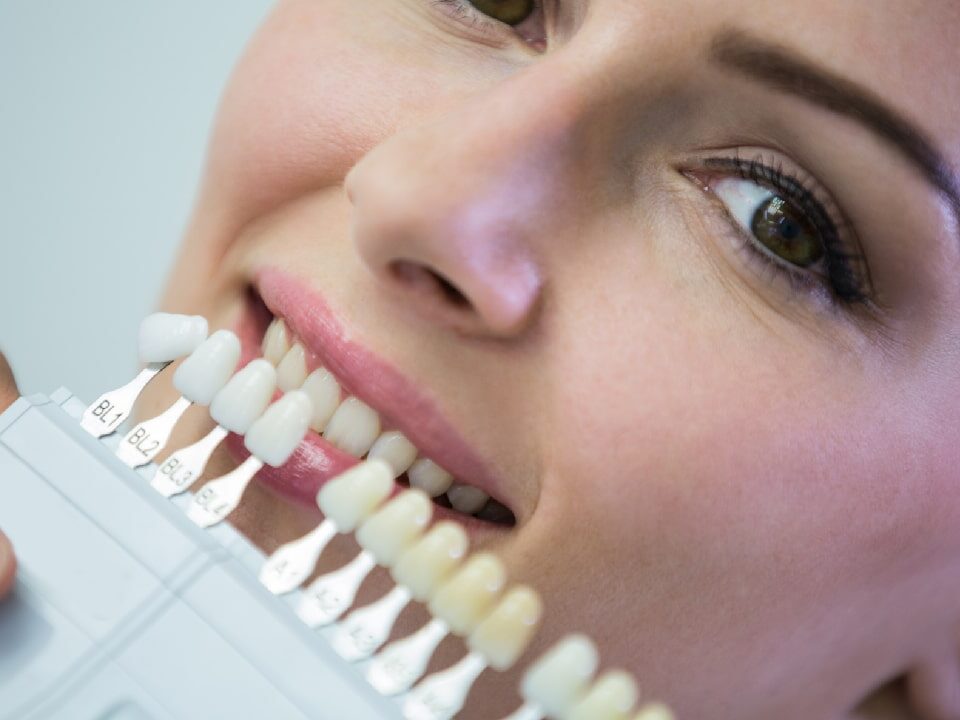
Can a Venous Lake Disappear?
January 10, 2024
Which Veneers Look Most Natural?
January 24, 2024Nitrous oxide, or laughing gas, has long been a staple in dental offices worldwide. Its distinctive characteristics provide both pain-relieving and anxiety-reducing effects, making it a superb choice for patients who experience anxiety or discomfort during dental treatments. This article explores nitrous oxide’s history, use, and safety aspects in dentistry.
History of Nitrous Oxide
Nitrous oxide was first synthesized by English chemist Joseph Priestley in 1772. However, its potential in dentistry was realized in the 19th century. Horace Wells, an American dentist, discovered its analgesic properties in 1844. Since then, nitrous oxide has revolutionized the field of dental anesthesia, offering a less intimidating alternative to more invasive sedation methods.
What Level of Sedation Is Nitrous Oxide?
Nitrous oxide, commonly used in dentistry, typically falls under minimal sedation. When inhaled, it induces a state of relaxation and well-being, but patients remain fully conscious and able to understand and respond to verbal commands. This level of sedation is particularly popular in dental practices because it helps to alleviate anxiety and discomfort during procedures without the more substantial sedative effects that come with moderate or profound sedation methods.
The mild effects of nitrous oxide dissipate rapidly once the mask is removed, which is another reason it’s categorized as minimal sedation. This rapid recovery allows patients to resume their normal activities shortly after their dental procedure, including driving themselves home, which is not possible with more profound levels of sedation.
How Nitrous Oxide Works
Nitrous oxide in Phoenix, AZ, known as laughing gas, works as a sedative in dental and medical procedures through a simple yet effective mechanism:
- Inhalation: Nitrous oxide is typically administered through a mask that fits over the nose. The patient inhales a combination of nitrous oxide and oxygen.
- Absorption and Effect on the Body: Once inhaled, the gas quickly enters the bloodstream through the lungs. It doesn’t put the patient to sleep but instead induces a state of relaxation and euphoria. Nitrous oxide affects the central nervous system, and its primary action is as a mild sedative with some pain-controlling properties.
- Reduction of Anxiety and Pain Sensitivity: By depressing the nervous system, nitrous oxide reduces anxiety and the perception of pain. Patients remain conscious and can respond to verbal commands, but they feel more relaxed and less aware of the ongoing dental procedure.
- Fast Onset and Reversible Effects: One of the advantages of nitrous oxide is its rapid onset. The effects are usually felt within a few minutes of inhalation. Additionally, the effects wear off quickly once the mask is removed, as the gas is eliminated from the body rapidly through the lungs. This allows for a quick recovery, often with patients able to leave the dental office without prolonged effects.
- Adjustable Dosage: The dentist can adjust the concentration of nitrous oxide in real-time, allowing for customized sedation tailored to the patient’s needs and comfort level.
Benefits in Dentistry
Anxiety Reduction: Nitrous oxide is particularly beneficial for patients with dental phobia, offering a sense of relaxation and ease.
Pain Management: It provides mild analgesia, making it easier to tolerate procedures that might otherwise be uncomfortable.
Quick Onset: The effects of nitrous oxide are felt within minutes, allowing for immediate relief.
Adjustable Sedation Levels: Dentists can easily adjust the concentration of nitrous oxide to suit the patient’s needs.
Fast Recovery: After the procedure, the effects of nitrous oxide is reduced quickly, allowing patients to resume normal activities.
Safety and Side Effects
Nitrous oxide is one of the safest sedatives used in dentistry. However, it may not be suitable for everyone, such as those with respiratory conditions, pregnant women, or individuals with certain medical conditions. Side effects are not common but can include mild nausea or dizziness, which usually resolves quickly after the gas is turned off.
Who Cannot Use Nitrous Oxide?
Nitrous oxide in Phoenix, AZ is generally safe for most patients, but there are specific individuals for whom nitrous oxide may not be recommended:
- Pregnant Women
Especially in the first trimester, the use of nitrous oxide is typically avoided as a precaution.
- People with Respiratory Issues
Individuals who have conditions such as chronic obstructive pulmonary disease (COPD), emphysema, or bronchitis might encounter challenges when trying to inhale the gas through a mask. Additionally, nitrous oxide can worsen certain respiratory conditions.
- Individuals with Vitamin B12 Deficiency
Nitrous oxide can inactivate Vitamin B12, which is crucial for nerve health. Prolonged exposure or use can lead to neurological issues in people with existing B12 deficiencies.
- Patients with Mental Health Conditions
In certain instances, nitrous oxide may not be appropriate for individuals with specific mental health conditions, as it has the potential to exacerbate their symptoms.
- People with Substance Abuse Issues
Those with a history of substance abuse may be at a higher risk of misusing nitrous oxide.
- Individuals with Certain Medical Conditions
People with certain medical conditions, such as multiple sclerosis, a history of middle ear surgeries, or specific conditions that involve air trapped in the body, may need to avoid nitrous oxide.
- Patients with a History of Allergic Reactions
While rare, allergic reactions to nitrous oxide can occur. Anyone with a known allergy to it should avoid its use.
The Future of Nitrous Oxide in Dentistry
As dental technology evolves, nitrous oxide plays a significant role in patient care. Recent advancements aim to enhance its delivery and effectiveness, ensuring it remains a staple in providing comfortable and anxiety-free dental experiences.
What Are The Side Effects of Nitrous Oxide in Dentistry?
While nitrous oxide is generally considered safe for use in dentistry, there are some potential side effects that patients may experience:
- Nausea and Vomiting: This is one of the more common side effects, mainly if the nitrous oxide concentration is too high or the patient has had a heavy meal before the procedure.
- Dizziness and Headaches: Some patients may feel light-headed or experience headaches during or after the administration of nitrous oxide.
- Shivering or Sweating: Nitrous oxide can occasionally cause a patient to shiver or sweat.
- Fatigue: Feeling tired or lethargic after the procedure is possible, though this typically resolves quickly.
- Hallucinations or Confusion: Rarely, patients may experience mild hallucinations or confusion while under the influence of nitrous oxide.
- Numbness: Patients might feel tingling or numbness in their arms, legs, or other body parts.
- Ear Pain or Pressure Changes: Certain individuals may encounter ear discomfort as a result of pressure changes.
Conclusion
Nitrous oxide’s role in dentistry cannot be overstated. Its ability to reduce anxiety and pain safely has made it a preferred choice for both dentists and patients. As we continue to advance in dental care, the use of nitrous oxide will undoubtedly evolve. Still, its core benefits of safety and effectiveness will remain a constant in the dental chair.
Atrium Dental Offers unique services in sedation dentistry in Phoenix, Arizona. You can book an online appointment, and you will never regret that.



